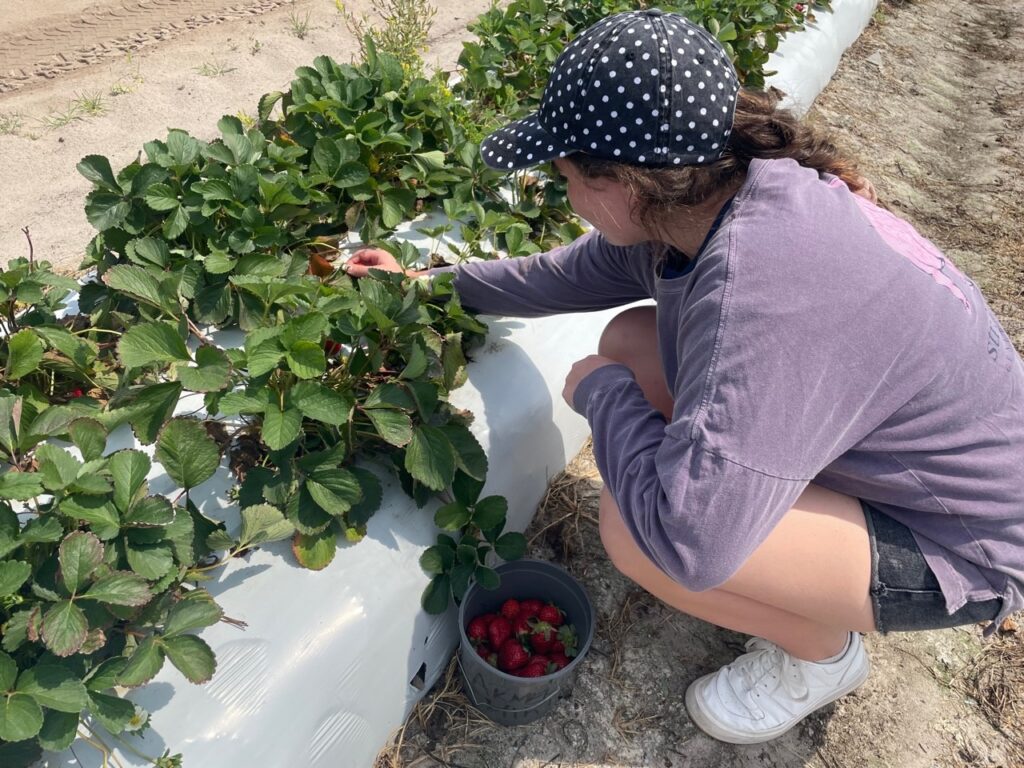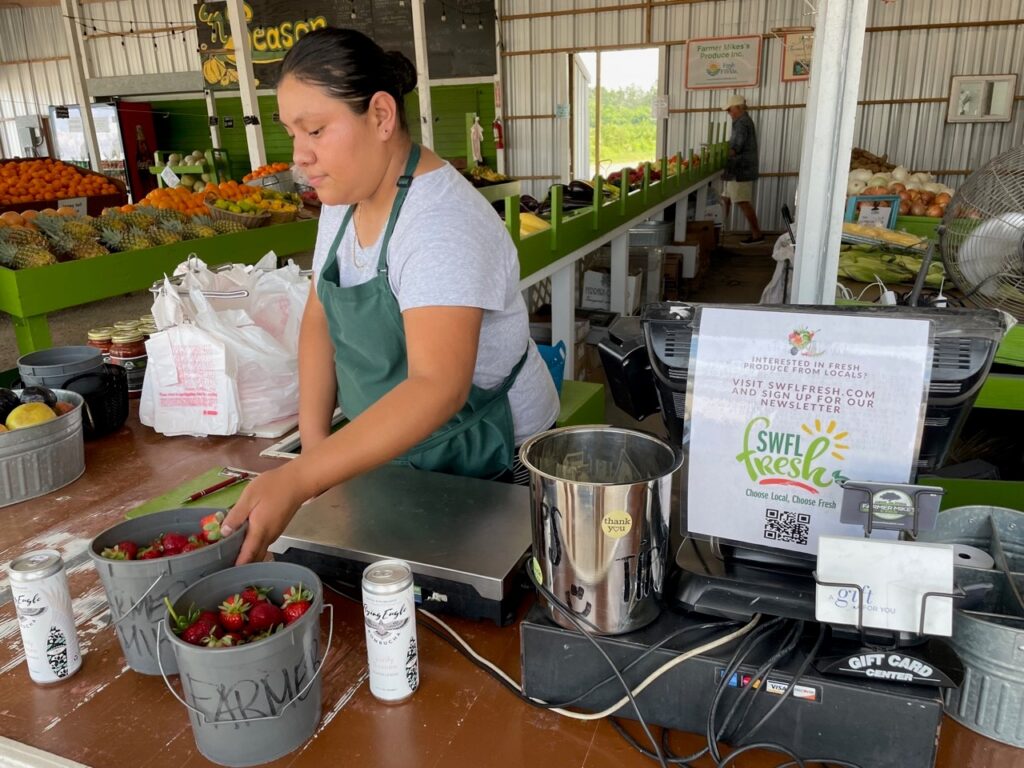by Brad Buck
Instead of taking what the broker or retailer feels like paying, small- and medium-sized farmers who sell directly to consumers should track costs, determine what they want to earn, and set their own produce prices, University of Florida experts say.

Growers should base their prices on their costs, said Kim Morgan, a UF/IFAS associate professor of food and resource economics.
“They have to know what they spend in order to know what they need to charge to cover costs and to earn a profit,” says Morgan, a faculty member at the Southwest Florida Research and Education Center.
In a new AskIFAS document, Morgan and co-author Jessica Ryals, the agriculture and sustainable food systems agent at UF/IFAS Extension Collier County, offer strategies for farmers who sell directly to customers.
For instance, retailers strategize what products to offer and when – a tactic farmers can mimic, Morgan said.
A small to mid-sized grower is much more flexible to niche market demands and product diversification than a large one and can therefore respond faster in that marketplace.
When farmers respond to changing consumer tastes and preferences, Morgan suggests they switch product offerings. They could grow new varieties of peppers or add herbs in the next season’s production cycle. They could even partner with animal producers to offer complete meal baskets at the following week’s farmers market.
Growers who sell straight to customers probably know some of them well.
“Farmers have closer relationships with the people who actually eat their food, so they can suggest new menu items and cooking styles, which is really important, given people’s interests in trying new things, eating healthier and learning how to cook,” Morgan says.
Another tip: Growers should ask themselves why customers are making their purchases, the UF/IFAS experts say. For instance, why do we eat turkey primarily at Thanksgiving and Christmas?
“What about a ‘Christmas-in-July’ home-cooked meal, similar to clothing retailers’ summer sales events?” Morgan asks.
Many of the experts’ suggestions boil down to marketing, which takes practice, particularly if you’re new to it.
“For instance, would a local TV ad get the attention of lots of people? Sure, but at what price? And if all those people showed up to buy, would you even have that much to sell them?” Morgan says.
Instead, Morgan and Ryals urge growers who sell directly to consumers to maximize the time and effort they spend on selling at farmers’ markets by asking their customers to:
- Leave their business cards, so the grower can create a customer list.
- Use a loyalty card to get a stamp every time they buy to get a discount after a number of purchases.
- Review the grower on Google or Facebook.
- Refer their friends to get a special deal when both make a purchase.
- Follow them on social media where the grower can promote products and services.
The UF/IFAS grower business strategies can apply to any farmers, Morgan explains.
For example, a large grower may sell most of their crops to a broker, but they could also sell some locally.
“It is all about diversifying your market channels, which lets you move volume at different prices, and also minimizes your exposure to a downturn in any one of those channels,” Morgan says. “In general terms, people want to buy a basket of goods, just like they do at a retailer, so the farmer who can grow that and put it together with a personal touch wins.”

